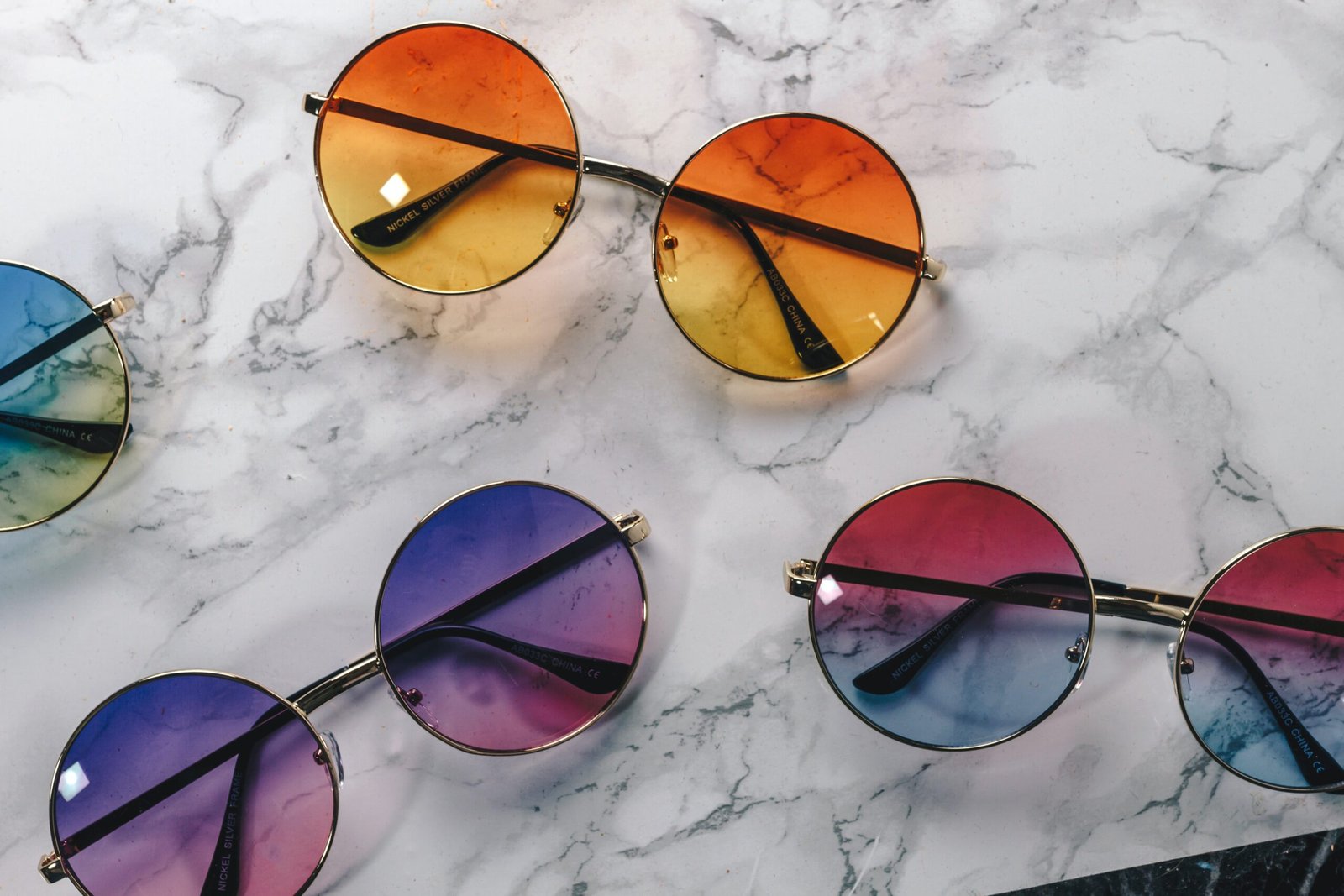“Healthy skin is an overall reflection of your wellness”. Skin care is one of the most important routines in women’s day to day life. Taking care of your skin gives an inner happiness & a joy beyond description.
After a long day, it is mandatory to take care of our skin. As our skin is exposed to various harmful factors like excessive sun exposure, dust, chemicals throughout the day just washing the face will not do, let us take a look into the daily skincare routine steps. Skincare is not just done after a long day, but even before leaving the house the skin care routine has to be taken care of.
A STEP-BY-STEP GUIDE TO YOUR DAYTIME SKIN CARE ROUTINE
STEP 1: CLEANSER
Begin your morning routine by splashing warm water on your face or, if necessary, washing with a gentle face cleanser designed for your skin type.

STEP 2: TONER
Most people avoid toners, partly because there is a persistent belief that most toners are harsh and irritate the skin. Fortunately, that is no longer the case. While they do not physically “shrink” pores, the new generation of toners can act as a delivery system for antioxidants, vitamin-B derivatives, and even toning acids. Furthermore, each type of toner is intended for a specific skin issue, so it’s critical to use the correct one for your skin concern.

STEP 3: ANTIOXIDANT SERUM
Serums are highly concentrated, nutrient-dense treatments that target specific issues, so keep them as close to the skin as possible. There are numerous serums on the market today that provide a variety of benefits, ranging from calming your skin’s inflammatory response to neutralizing damage caused by UV rays and environmental pollutants.

STEP 4: EYE CREAM
Starting in your twenties, it’s critical to use an eye cream at least every night, if not twice a day. “It’s about keeping the eyelid skin healthy and thick.” Improving skin quality in this area early on ensures that the eyelid skin does not lose laxity and smoothness later on.”
Consistency is essential for the best results. “Over time, regular use of eye cream will keep the eyelid skin elastic and can improve or prevent some fine lines or collagen loss.” Remember that nothing is magical. “Results do not appear overnight.”

STEP 5: SPOT TREATMENT
Because active ingredients in acne spot treatments vary, check your product packaging or consult your dermatologist for the best way to apply it. According to esthetician and acne specialist Ashley Wiley, prescription-strength benzoyl peroxide, a common acne spot-treatment ingredient, has a one-to-three-hour working time. “Any cream that comes into contact with it before it has finished its work will most likely inhibit the active ingredient’s ability to work properly.”
Remember that acne spot treatments can dry out your skin, so only use them where you need them.

STEP 6: MOISTURIZER
Yes, even if you have oily skin, you should use a moisturizer. “Even though your body has its own natural lubricating system of glands that secrete oil to maintain a protective coating against harsh outside conditions and infections, most of us require additional hydration after the havoc that sun, weather, and harsh chemicals wreak on our skin.”
Most experts recommend applying a moisturizer while the skin is still damp, so the sooner you finish your serum and treatment, the sooner you can lock in much-needed hydration with your moisturizer.
If you’re using an acne spot treatment, you should avoid applying moisturizer to those areas to ensure that the ingredients won’t clog your pores.

STEP 7: SUNSCREEN
If you use a physical or mineral sunscreen that works by physically blocking UV rays, sunscreen should be the last step in your daytime skin care routine. When using a chemical sunscreen, this step becomes more difficult.
“Chemical sunscreens must be absorbed into the skin in order to be effective, so applying after your moisturizer will delay and impede this process.” However, because the skin is coated with chemical sunscreen, if you apply your chemical sunscreen before your moisturizer, your moisturizer will not work as well.”
To avoid this, apply a physical sunscreen containing zinc after your moisturizer. “Zinc is safe, effective, and provides the broadest UVA and UVB ray protection.”
Those who prefer chemical sunscreens should look for a formula that also provides moisturizing benefits, so they can meet their daily hydration requirements while protecting their skin.

Healthy Skin Is A Happy Skin.

